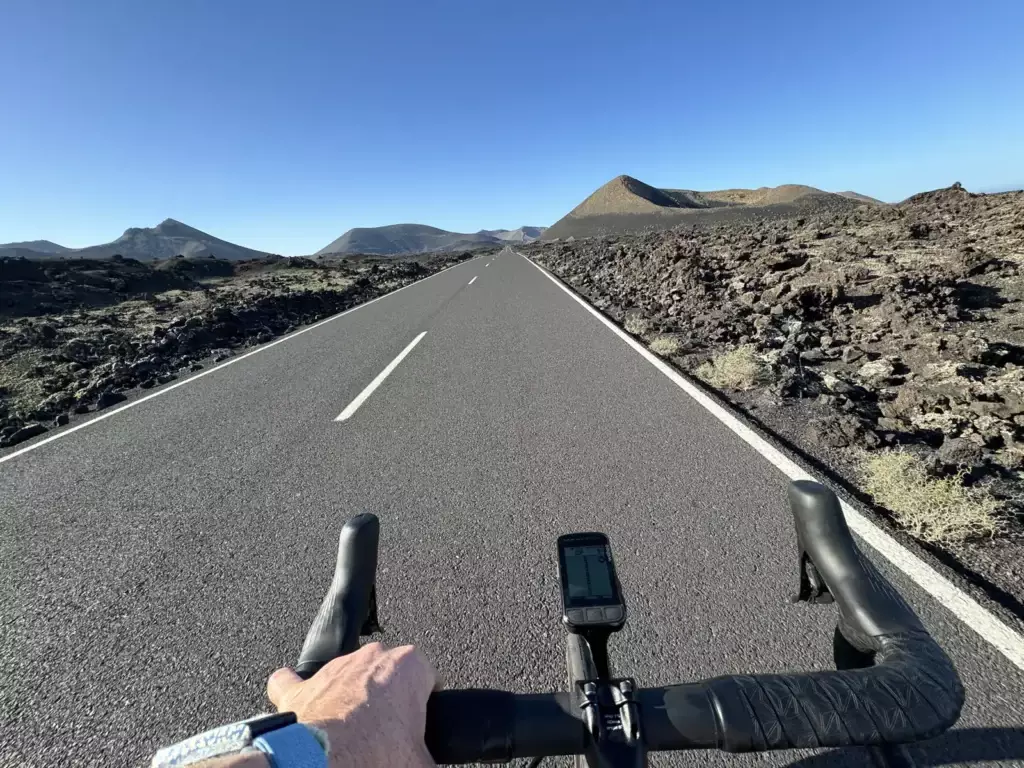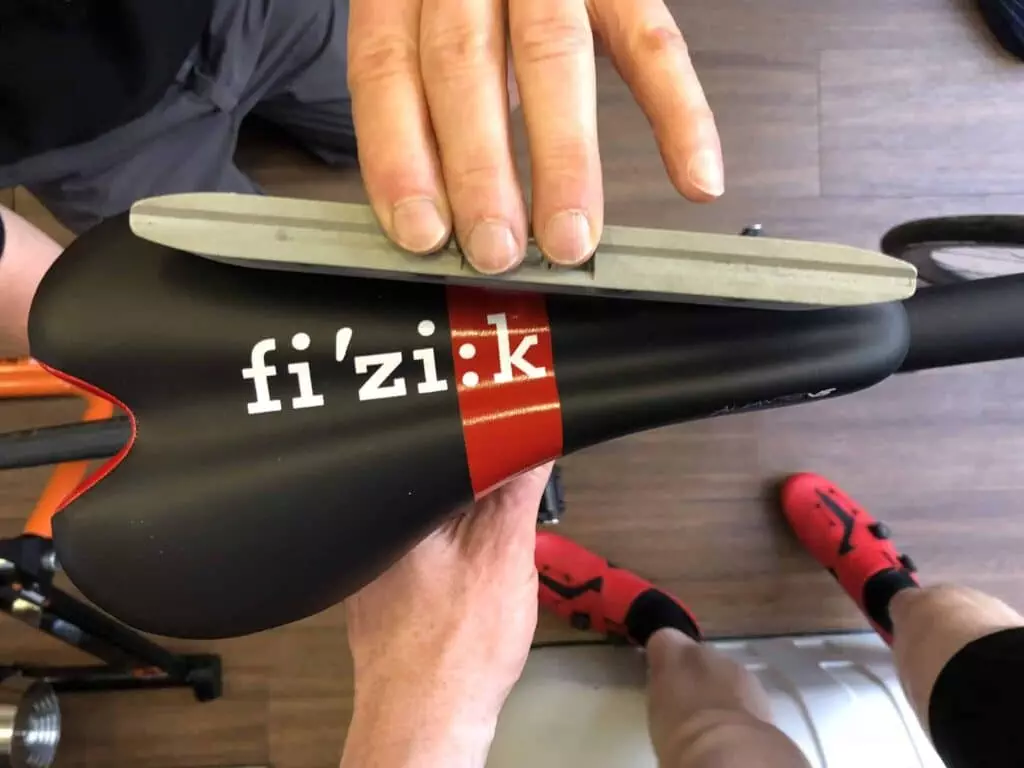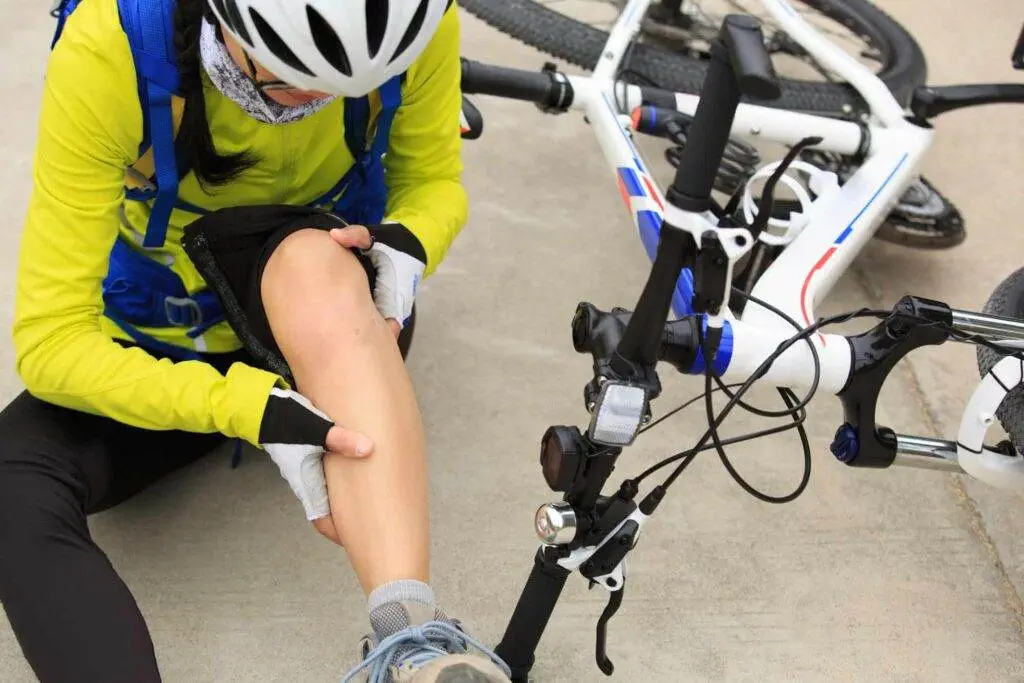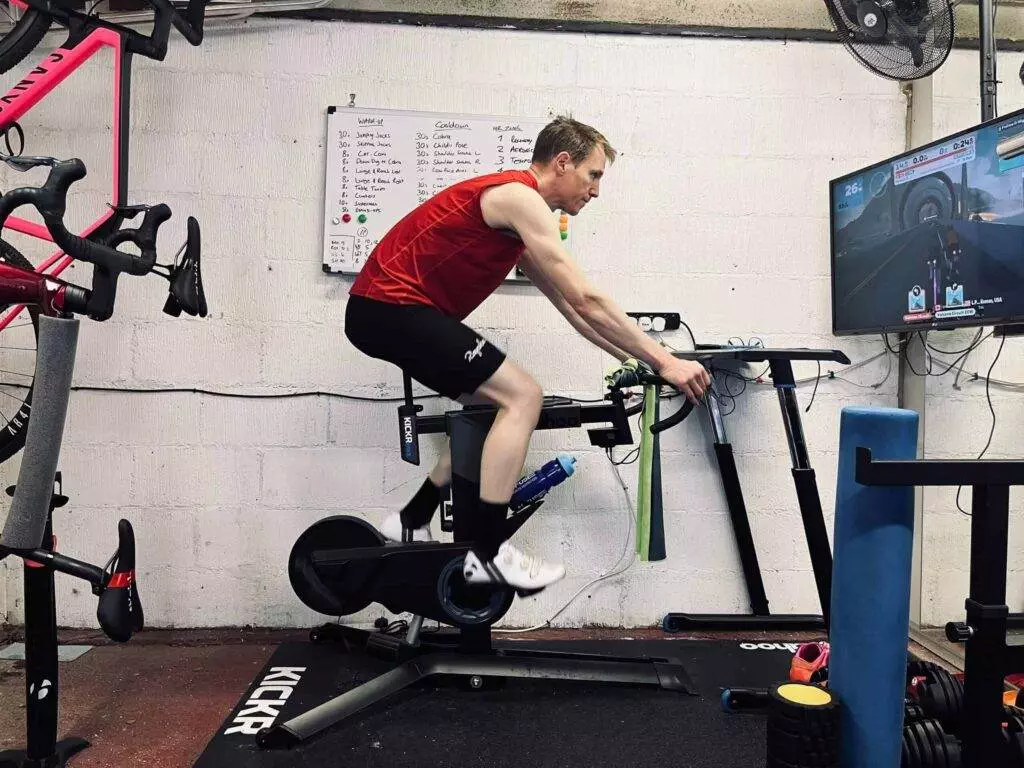Cycling is a fun way to stay fit, explore the outdoors, and even get to work.
But like any sport, it has its risks. Whether you’re a pro or just starting, knowing how to avoid injuries is key.
Let’s look at some easy tips to keep you safe on your bike.

The Importance of Proper Bike Fit
One of the most important things in cycling is making sure your bike fits you. A bike that doesn’t fit can cause problems, from small aches to big injuries. Here’s what you need to know:
Adjusting Your Seat
- Height: Your seat should be high enough so your leg is almost straight when the pedal is at the bottom.
- Position: Make sure the seat is level. A tilted seat can hurt your back and wrists.

Handlebar Position
- Height: Your handlebars should be at a height that lets you ride without straining your back or neck.
- Reach: Make sure you can reach the handlebars without stretching too far, which can hurt your shoulders and neck.
Essential Gear for Safe Cycling
Wearing the right gear can help prevent injuries. Here’s a list of must-have cycling gear:
Helmets
A helmet is a must. It protects your head if you fall or crash. Make sure it fits well and is fastened properly.

Gloves
Cycling gloves give you a better grip and protect your hands from blisters. They also cushion your hands, reducing fatigue on long rides. According to Dr Sanj Kakar, a Mayo Clinic orthopaedic surgeon, using bike gloves can help by putting your wrist in a better position and reducing pressure on your palm.
Padded Shorts
Good padded cycling shorts can prevent saddle sores and make your rides more comfortable.
Reflective Gear
If you’re cycling when it’s dark, wearing reflective gear is important for visibility. This includes reflective vests, ankle bands, and bike lights.
Warm-Up and Stretching: The Unsung Heroes
Just like any other sport, warming up before a ride and stretching afterwards can prevent injuries. Here’s how to do it right:
Pre-Ride Warm-Up
- Dynamic Stretches: Do dynamic stretches like leg swings and arm circles to get your blood flowing.
- Light Cycling: Start with a few minutes of easy cycling to gradually increase your heart rate.
Post-Ride Stretching
- Hamstring Stretch: Sit on the ground with one leg extended and the other bent. Reach for your toes to stretch your hamstrings.
- Quad Stretch: Stand on one leg, pull your other foot towards your butt, and hold to stretch your quads.
- Lower Back Stretch: Lie on your back, pull your knees to your chest, and hold to stretch your lower back.
Common Cycling Injuries and How to Avoid Them
Knowing common cycling injuries and how to prevent them can keep you riding and out of the doctor’s office.

Knee Pain
Often caused by a seat that’s too high or too low, or by overuse.
- Prevention: Make sure your seat is at the right height and avoid sudden increases in mileage.
Lower Back Pain
A common issue for cyclists, often due to poor bike fit or weak core muscles.
- Prevention: Strengthen your core with exercises like planks and make sure your bike fits well.
Wrist and Hand Pain
This can result from too much pressure on the handlebars or poor riding posture.
- Prevention: Adjust your handlebar height and use padded gloves to reduce pressure.
Wrist Injuries
Wrist fractures are common from falls. Using bike gloves can help by putting your wrist in a better position and reducing pressure on your palm.
Nutrition and Hydration: Fuelling Your Ride
What you eat and drink before, during, and after your ride can affect your performance and recovery.
Pre-Ride Nutrition
- Carbohydrates: Eat complex carbs like oatmeal or whole-grain bread for sustained energy.
- Hydration: Drink plenty of water before you start your ride.
During the Ride
- Electrolytes: For long rides, consider electrolyte drinks to replace lost salts.
- Snacks: Carry easy-to-digest snacks like energy bars or bananas to keep your energy up.
Post-Ride Recovery
- Protein: Eat a protein-rich snack or meal to help your muscles recover.
- Rehydration: Keep drinking water or electrolyte drinks to rehydrate.
Strength Training for Cyclists
Adding strength training to your routine can improve your cycling and prevent injuries.
Key Exercises
- Squats: Strengthen your legs and glutes.
- Lunges: Improve balance and leg strength.
- Core Workouts: Planks, Russian twists, and leg raises can make your core stronger.
Indoor Cycling: A Safe Alternative
When the weather is bad, indoor cycling can be a great option. Here’s how to make the most of it:
Setting Up Your Indoor Bike
- Bike Fit: Just like your outdoor bike, make sure your indoor bike fits well.
- Environment: Set up in a well-ventilated area and use a fan to stay cool.
Benefits of Indoor Cycling
- Controlled Environment: No traffic, weather, or road hazards to worry about.
- Consistent Training: Allows for consistent training no matter the weather.

Conclusion: Ride Smart, Stay Safes
Cycling is a great way to stay fit and enjoy the outdoors, but it’s important to take steps to prevent injuries. By making sure your bike fits well, wearing the right gear, warming up and stretching, knowing common injuries, fuelling your body right, adding strength training, and considering indoor cycling, you can enjoy a safe and fun ride every time.
Let’s hit the road with confidence and keep those wheels spinning!
